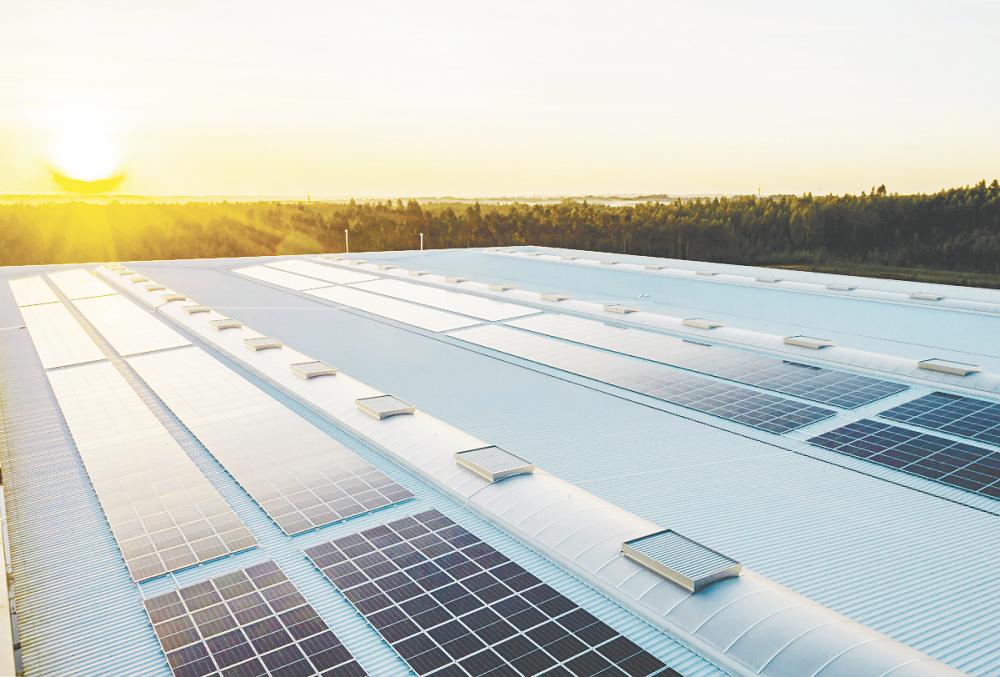SOLAR photovoltaic (PV) technology is transforming how we harness and utilise energy. It provides clean electricity for homes, businesses and entire communities, reduces carbon emissions and plays a crucial role in combatting climate change.
However, there is a lesser-known side to this green revolution: the environmental challenges posed by PV panels when they reach the end of their life cycle. These challenges encompass technological, environmental, economic and legal aspects.
We must ask ourselves a vital question: How can we ensure that the end of clean energy is as green as its beginning?
When PV panels reach the end of their lifespan, they do not simply vanish. Each panel contains materials such as silicon, aluminium and glass, and sometimes hazardous substances like lead and cadmium.
If old panels are disposed of improperly, these harmful materials can leach into the soil and water, contaminating the environment. This pollution can persist for years, impacting ecosystems and human health.
Europe has taken steps to address this issue, with strict laws requiring PV panel recycling. These laws establish clear responsibilities for manufacturers and provide guidelines for managing old panels.
However, in other major markets like the United States, China and Australia, recycling largely depends on voluntary efforts.
According to Peter Majewski from Future Industries Institute, University of South Australia, Australia, without legal mandates, manufacturers, users and governments often lack clarity about who should take responsibility. This uncertainty prevents the creation of effective recycling systems and limits the potential for economic growth in the recycling industry.
Recycling PV panels entails a significant technical challenge. Research indicates that materials such as silicon and metals can be extracted and reused but the process is expensive.
High costs discourage companies from investing in recycling technology and establishing facilities.
Furthermore, in many regions, the limited quantity of old panels available for recycling makes it difficult to justify the investment.
According to the Energy Policy journal, another issue is the limited market demand for recycled materials, which reduces the financial incentive to recycle. Without proper economic support, the process remains costly with little immediate returns.
According to a research, titled “Recycling of Solar PV Panels: Product Stewardship and Regulatory Approaches”, without clear regulatory frameworks, recycling will remain underdeveloped in many areas.
Legal systems complicate matters further. Different countries have varying rules on how to handle old PV panels, making it difficult to manage panels that are traded or moved across borders.
For example, one country may require recycling while another may have no regulations at all. This inconsistency creates gaps in the global effort to handle PV waste responsibly.
At the same time, the lack of clear producer responsibility means manufacturers often have no incentive to design panels that are easier to recycle, leading to missed opportunities for innovation in sustainable design.
To address these challenges, science and law must work hand in hand. Governments can enact laws that hold manufacturers accountable for the full life cycle of their products while encouraging the design of panels that are easier to disassemble and recycle.
They can also offer financial incentives, such as tax breaks, low-interest loans or grants, to drive investment in recycling technology. Supporting pilot projects for recycling facilities can showcase scalable models for broader implementation.
This is a global issue that transcends national boundaries. International cooperation is essential. Countries can create shared standards for recycling and exchange ideas, technology and funding.
For instance, nations with advanced recycling technology can assist those still developing their systems, ensuring that no panels are left to harm the environment.
Every individual has the power to make a difference. When selecting PV systems, consumers can opt for panels designed with sustainability in mind.
They can also ensure their panels are properly recycled at certified facilities at the end of their lifespan. Small actions like these – when multiplied across millions of users worldwide – can have a profound impact.
The future of PV technology is about more than generating clean energy. It is an opportunity to demonstrate how science and law can collaborate effectively to solve real-world problems.
By integrating rigorous research with clear policies, we can ensure that solar energy remains sustainable from production to disposal. This effort is not only about protecting the planet; it is also about taking responsibility for the legacy we leave behind.
The next time you see a solar panel, remember, its journey does not end when it stops working. The choices we make today will decide whether it remains a benefit or a burden to the environment. Let us keep it green every step of the way.
Chen Yue Tian and Dr Mohd Istajib Mokhtar are from the Department of Science and Technology Studies, Faculty of Science, Universiti Malaya. Comments: letters@thesundaily.com.









